Spring is the busiest time of the year for working in the garden:
- The days are increasing in length
- Daytime temperatures are increasing
- The soil is starting to warm up
- Melbourne’s rainfall is typically plentiful
All of this means that plants (including weeds) will thrive and grow quite quickly. As the soil temperatures increase, so do our planting options. Here’s my guide to what to plant, in a typical Melbourne backyard in Spring. Please note there may some variation to the planting times depending on individual microclimates. Warmer microclimates may enable planting sooner and colder microclimate, such as the outer suburbs and beyond may need to delay planting by a few weeks.
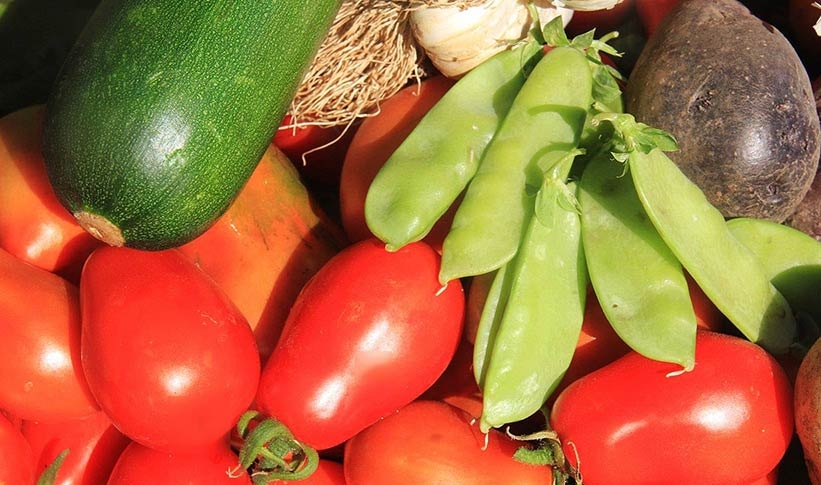
What to plant in September, October and November
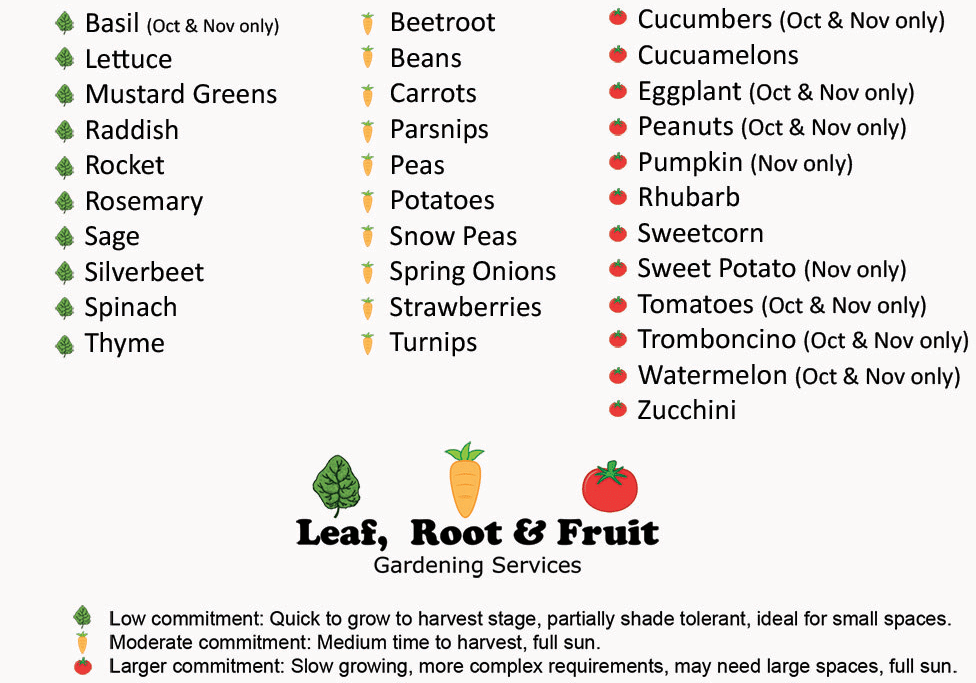
New to edible gardening? Please read my Philosophy of Edible Gardening to help prevent a few rookie errors.
Making an Early Start.
Many Melbourne gardeners like the challenge of producing a ripe tomato before Christmas. To do this, you often need to germinate seeds indoors, or in a greenhouse. This is because the soil in the garden is too cold to induce germination, and the young seedlings may be at the risk of frost.
Some gardeners swear by using propagating heat mats to germinate seeds and have encouraged me to try them. This year, I bowed to peer pressure in the interests of experimentation. I found some interesting results and have included details of my experiments in a post to help you decide whether purchasing a heat mat is worthwhile in your situation.
See my guide to different methods you can use to protect young seedlings and early vegetable crops for some ideas you might like to try.
You can also read my extended guide to making an early start in the vegetable patch.
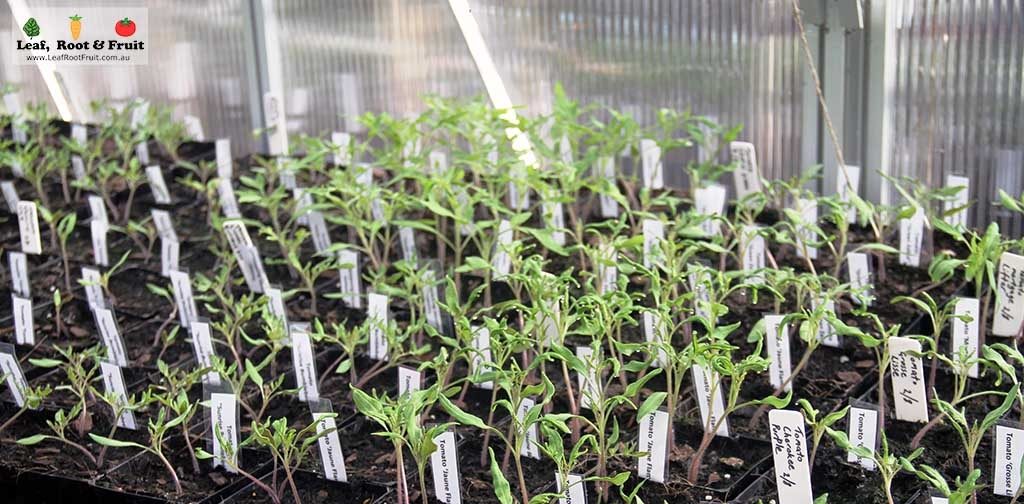
There is much debate about when the best time to plant out tomato seedlings. I start many of my seedlings in the greenhouse and then transplant around the following times:
Tomatoes
Sow Seed in Greenhouse: Last week of July
Transplant into Garden: Last week of September/First week of October
Eggplants and Capsicums
Sow Seed in Greenhouse: First Week of July
Transplant into Garden: Mid-Late October
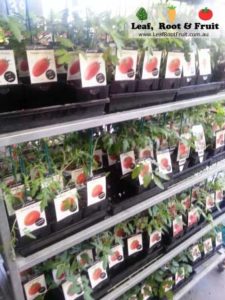
Ignore those lovely looking seedlings that larger hardware stores stock in August and early September. Transplanting them into the garden early will probably result in stunted, slow growing plants or complete failure.
Tomatoes
To me, nothing says summer like the smell of tomato plants as you brush past them in the garden. They come in all different shapes, colours and sizes. Birds and other pests tend to associate ripe fruit with red colours. So it’s an excellent idea to grow some yellow or green varieties together with red varieties. The birds will focus on the red “sacrificial crop” and leave the yellow and green tomatoes.
If you’re planning on turning your delicious produce into some tasty pasta sauce, sugo, salsa, tomato sauce or even drying them, then it’s best to grow tomatoes that have been bred for that purpose. Roma and San Marzano tomatoes are low in juice, seeds and pulp, which means the flavours when you dry or cook with them are far more intense.
Some of my favourite tomato varieties are:
- Broad Ripple Currant (a small yellow cherry tomato that self-sows prolifically.)
- Cherry Roma (produces fruit very early and a packed full of flavour)
- Green Zebra (a striped, golf-ball sized fruit which ripens to a green/yellow colour. Often the birds don’t attack the fruit).
- Tigerella: (a prolific and heavy cropping tomato with lots of flavour).
- Black Cherry (another prolific cherry tomato that has a very sweet flavour).
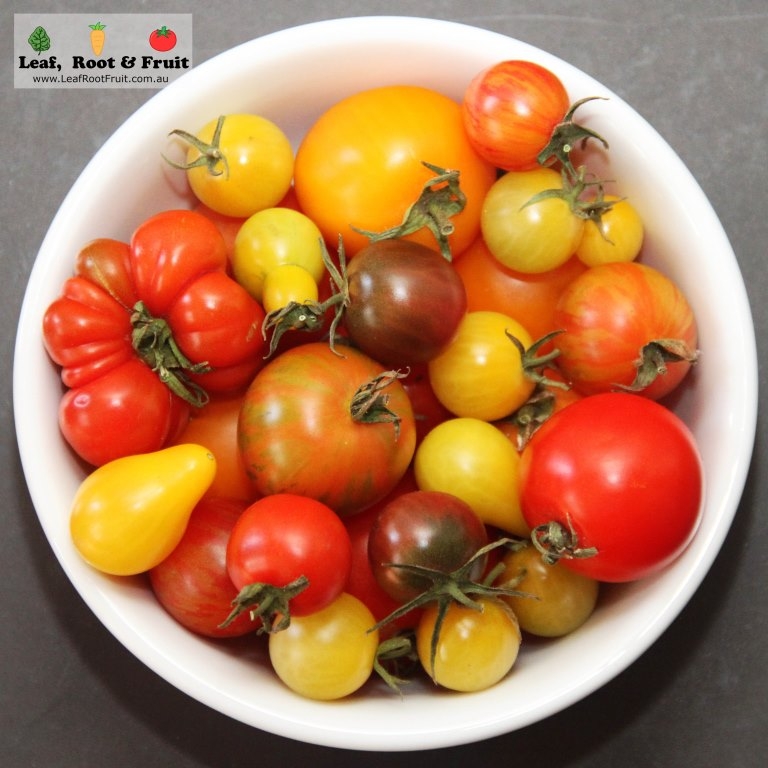
See my guide to growing great tomatoes for more information on how to plant and care for them.
Capsicums
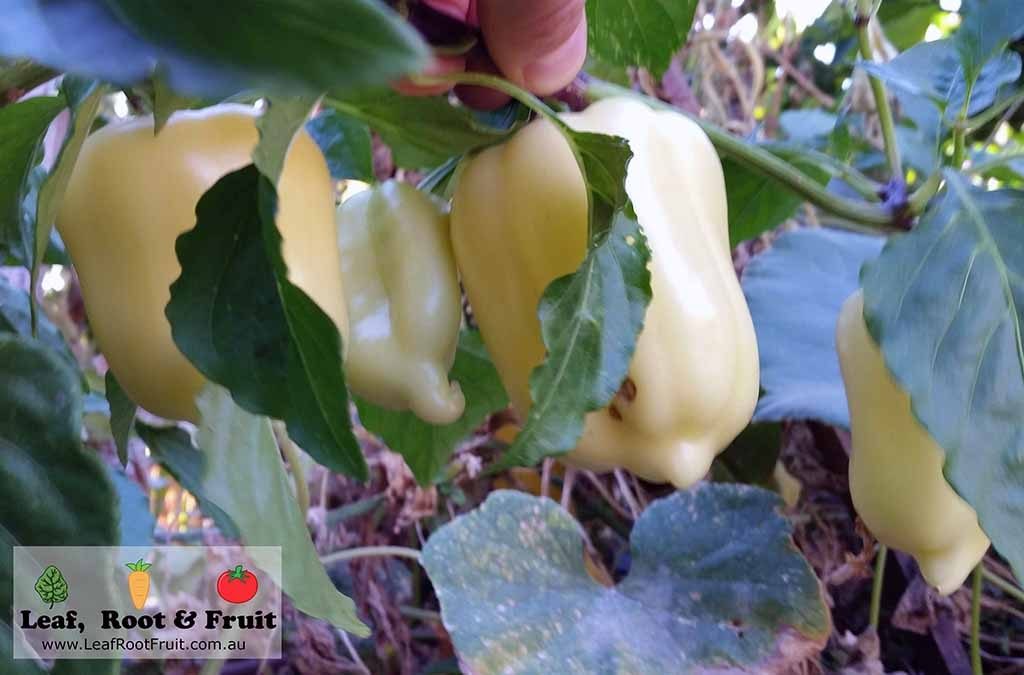
I’ve always found growing capsicums in Melbourne a bit hit and miss. Some years we grow great crops and in other years, my crops are very late and have low yields. They certainly seem to like the heat, so wait until the soil has warmed up before transplanting. Capsicums are a crop that I grow only if I have enough space.
I tend to have to wait until late in the summer, to start harvesting our capsicums and they don’t yield enough fruit to justify being planted where space is restricted.
California Wonder and White Diamond have both been very successful varieties of capsicums for me in the past.
Cucumbers
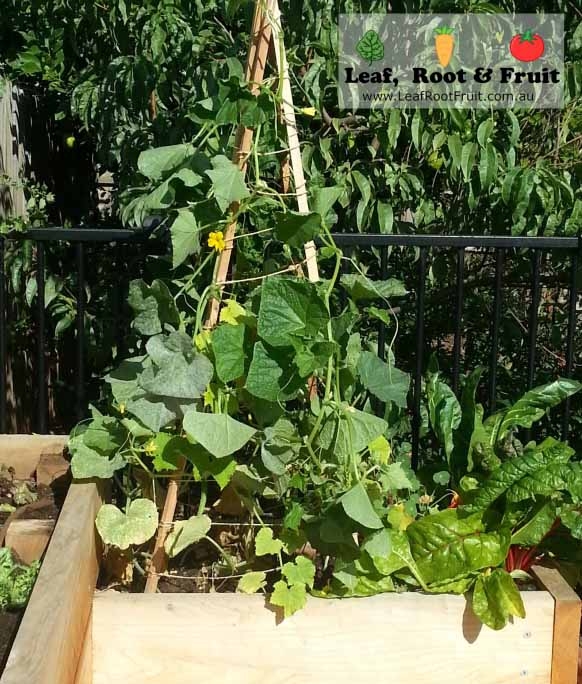
Ah cucumbers…. How we love thee! Cucumbers can be a bit finicky if you try to transplant them too early. I’ve found that transplanting seedlings in October can work if we have unseasonably warm weather. However, if the soil is still cold, then they tend to sulk and sometimes die.
I’ve had cases where I have planted cucumber seedlings in early October, and then direct sown seed next to them in November and the direct sown seed have been quicker to harvest than the transplanted seedlings. If you have the space, then successive sowings will help keep you in cucumbers all summer long.
Grow cucumbers up a trellis or tepee to make better use of space. This also helps deter rats, slugs and other pesky critters. They’ll need regular watering (irregular watering can lead to bitter flavours in your cucumbers – especially for apple cucumbers).
Looking for something a bit unique to grow instead of cucumbers? Why not try cucamelons?
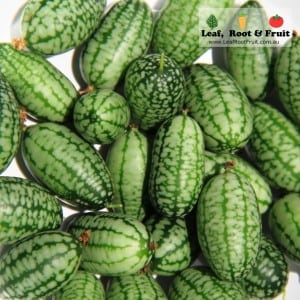
Sweetcorn
Sweetcorn is a great, fast growing crop that you can start as early as September in Melbourne (I wouldn’t plant it much later than late November). Good quality sweetcorn cobs rely on great pollination. Each of the silks hanging out of the end of the cob links to one of the kernels inside the cob. Each kernel need to be pollinated by the male flowers on top of the plants. If the kernels aren’t pollinated (by the wind), then they don’t swell and fill with the delicious sugary sweetness. Sweet corn plants are hungry feeders. So make sure you prepare the soil well, with plenty of nitrogen rich compost.
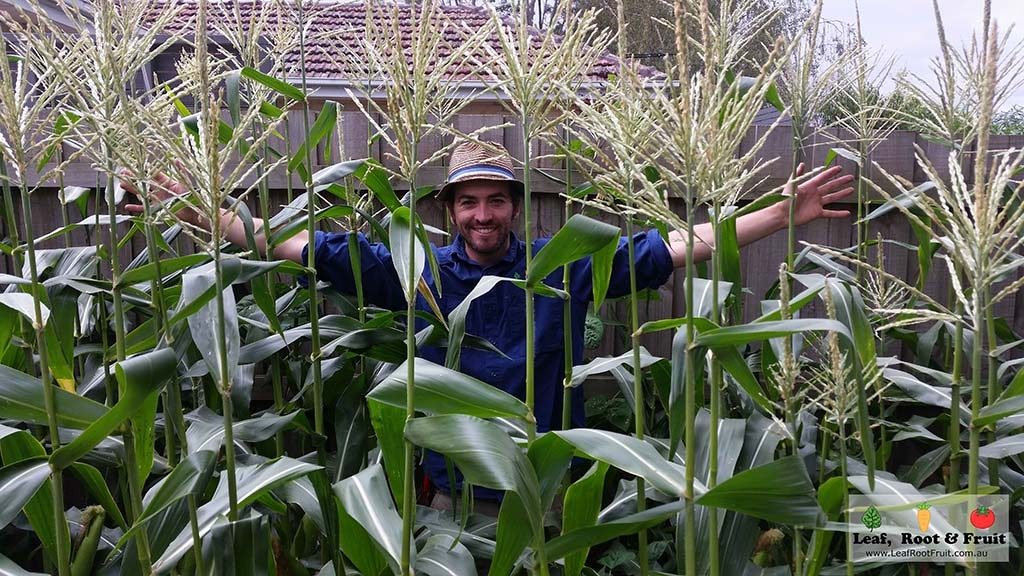
There are a couple of tips I recommend to ensuring you grow great sweetcorn:
- Plant in blocks (not long rows)
- Plant at least 30 corn plants (I have seen successful crops grown with fewer numbers, but pollination is not always that great with less than say 24 plants)
- Sweetcorn is very thirsty and requires lots of water to thrive, so water regularly and deeply.
- Sweetcorn loves lots of compost rich soil
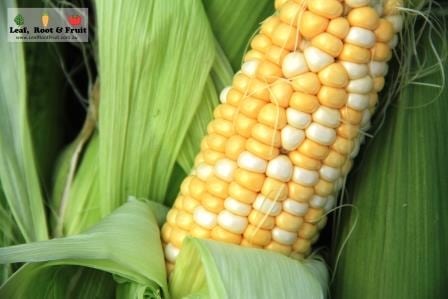
Looking to maximise your use of space when growing sweetcorn? Why not try a three sisters garden?
Eggplants
I find growing eggplants far more reliable than capsicums. They are much quicker to harvest and come in some great sizes and colours. Long-purple and Black Beauty have both been very reliable varieties.
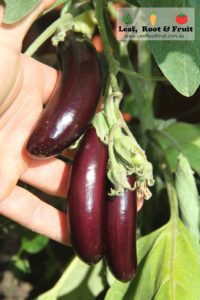
Zucchini
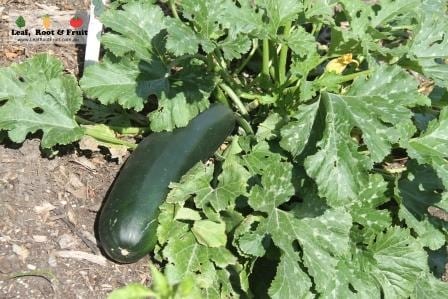
Unless you really like zucchini then don’t plant more than one or two plants. Zucchini are ridiculously prolific and you’ll soon be insisting that every visitor takes a zucchini home with them. Keep an eye on plants, as the fruit grow very big, very quickly. Large fruit can be used for stuffing.
I’ve noticed that cucumbers and zucchinis grow (and crop) more prolifically when we have a full moon. There must be enough light for them to grow even during the night time.
Zucchini are very easy to grow. You can plant them out as early as September and they’ll quickly take off. Their demise is usually signalled by the onset of powdery mildew in autumn.
The main problem growers have can be a lack of pollination. This is shown through young, immature fruit shrivelling and falling off the vine. To overcome poor pollination, you need to help the bees. Pick a male flower, remove the petals and dabble the stamen into the female flower to dust the stigma with pollen.
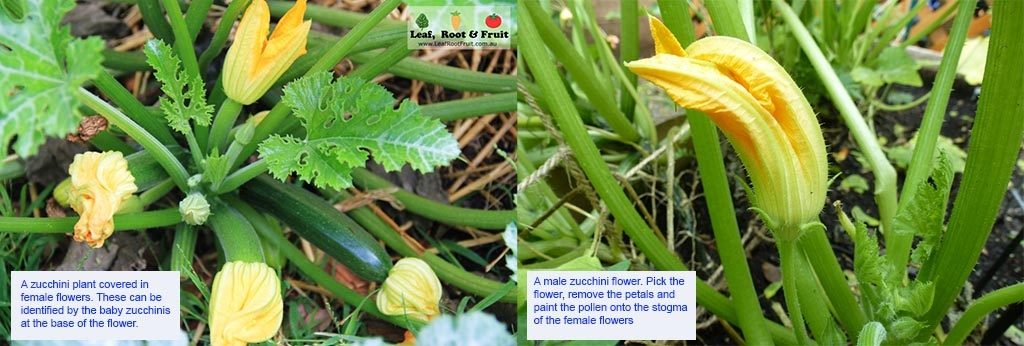
If you have plenty of space, then consider growing some Zucchini tromboncino. I find them sweeter the standard zucchini black jack, but they do trail in a similar manner to a pumpkin vine and need a lot of room to grow.
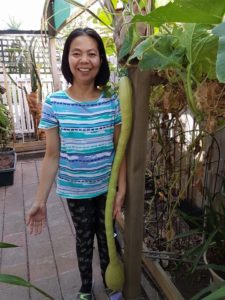
Pumpkins
Pumpkins are easy to grow in Melbourne but be warned – they need a lot of space. Pumpkin vines usually take over a patch about 5 metres by 5 metres (per vine!). I’ve had great success with Queensland Blue, Butternut and Musque du Province pumpkins. Jap pumpkins grow well, but often don’t set fruit until later in the season.
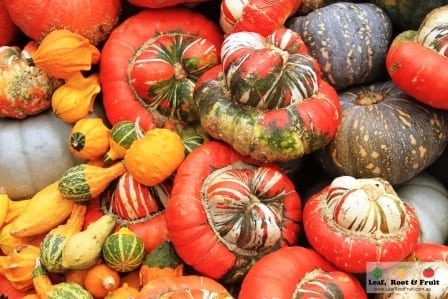
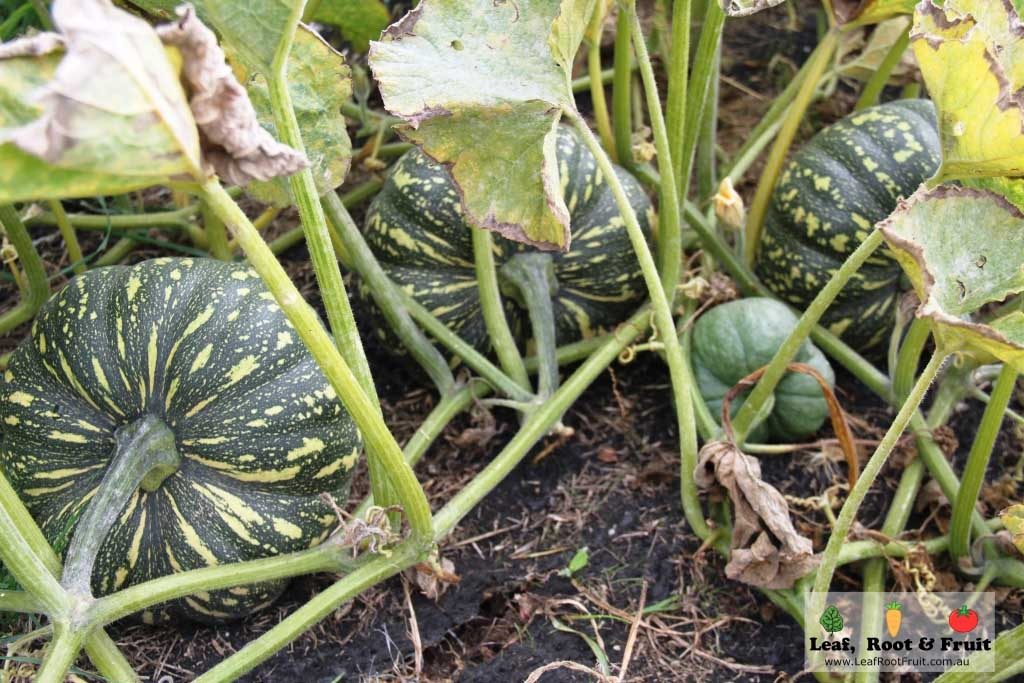
The biggest challenge with growing pumpkins in suburban Melbourne is stopping the rats from eating them before you have a chance to harvest. Pumpkins can suffer from similar pollination problems to Zucchinis and you overcome this by using the same method of assisted pollination.
Grow your pumpkins in a shallow mound with plenty of good quality compost added. Sow them direct in early to mid-November. Consider growing them under and through sweetcorn as part of a three sisters garden. Want to grow a giant pumpkin? Check out our blog post on growing the next Australian or even World Record pumpkin!
Watermelons
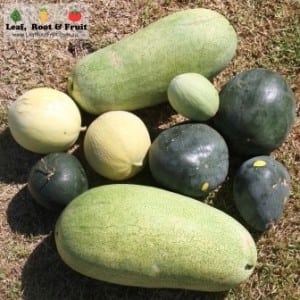
Watermelons grow quite well in Melbourne. I’ve had some good crops over the years. Sugarbaby is a great variety to grow, as the fruit are small and quick to harvest.
Watermelons need lots of heat and sunshine to develop sweet fruit. See my guide on growing watermelons for more information on growing them.
Leafy Greens
Summer is a difficult time to grow leafy greens such as lettuce, spinach and rocket. This is because they often “bolt” (flower and set seed) due to a phenomenon called photoperiodism. Heat stressed leafy greens will also bolt quite readily regardless of day length. You can reduce the chances of plants bolting by planting your leafy greens in a semi-shaded spot. It’s also a good idea to succession plant a new crop every fortnight to keep yourself in supply.
Potatoes
Potatoes are a great summer crop. They can be grown almost anywhere that is frost free. They love a compost rich soil. You can plant seed potatoes into large garden beds, pots or even old hessian sacks.
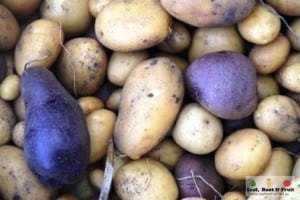
Sweet Potatoes
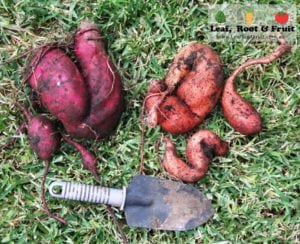
Thought to be limited to subtropical environments, sweet potatoes thrive in Melbourne’s summer climate. They take up a large space (although not as extreme as pumpkins) and don’t have a high enough yield to justify the space that they take up. However, the leaves are nutritious and can make a great addition to salads if your lettuces have bolted and let you down!
See my sweet potato growing guide for more information on these novel crops.
Beans
Beans are a great summer crop. You can eat them fresh, or leave them to dry on the vines for soups and stews. Many runner varieties such as the ‘Scarlett Runner’ or ‘7-Year bean’ dislike warm evenings. When we have warm overnight temperatures, the plants will often not set pods and the flowers will just fall off. Some varieties such as the Rattlesnake bean are less prone to this issue.
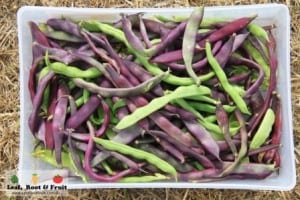
Bush beans don’t need a trellis and still have very high yields for their plant size. I can recommend Borlotti and Dragon’s tongue as two good varieties of bush beans.
Carrots
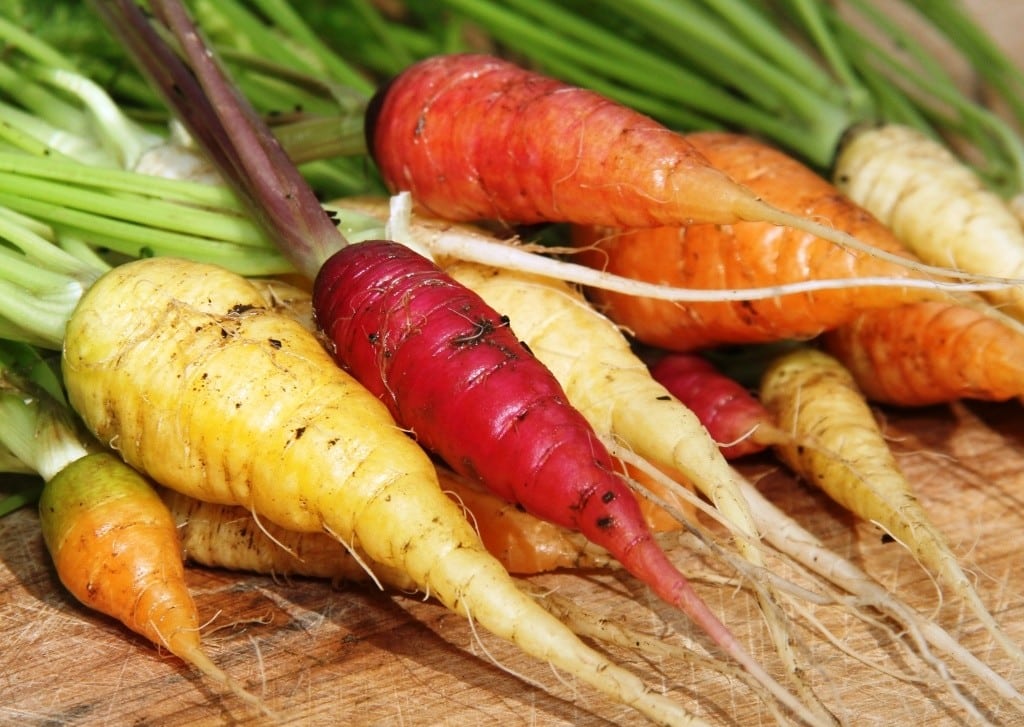
Carrots are a great crop to grow in summer. They take a while to get to a suitable size to harvest, but once large enough, they will keep in the soil for months and can be harvested as you need them. Carrots produce a high yield in a small space.
One common problem with growing carrots is their tendency to fork and split. Some tactics to help overcome this are:
- Not over fertilizing the soil. Carrots don’t like soils high in nitrogen. So plant carrots in beds that have been previously used to grow heavy feeders such as Brassicas or sweetcorn.
- Avoid transplanting seedlings (this made our Top 10 Mistakes List). This damages the taproot and causes forking. ALWAYS plant carrots from seed.
- Break up heavy clay soils to enable the taproot to easily grow down deep.
- Plant a variety less prone to forking. I’ve had great success with planting the variety “Topweight Improved” and now plant this variety almost exclusively.
Snow Peas
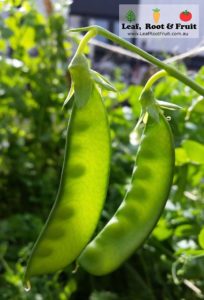
Peas are traditionally grown in winter. However, I’ve had great results with growing snow peas all year round. One of the best varieties I have grown is ‘Melting Mammoth’.
Grow snow peas up a trellis to maximise space and increase airflow. Growing snow peas in the warmer months makes them more prone to fungal diseases such as powdery mildew, so try to keep water off the leaves when irrigating.
Like to know more?
If you’d like a bit more of a guide on choosing which veggies to grow this spring and summer, I’ve put together a series called the Vegetable Patch from Scratch. It covers everything you need to know to prepare, plant and harvest your vegetables.
Looking for my autumn planting guide in Melbourne? You can find it here.
Sign up to my newsletter for our monthly edible gardening wrap-up, including:
- A guide on what to plant in your garden in the upcoming month
- What’s happening in our garden and other gardens across Melbourne
- Upcoming gardening events
- Hints and tips on gardening
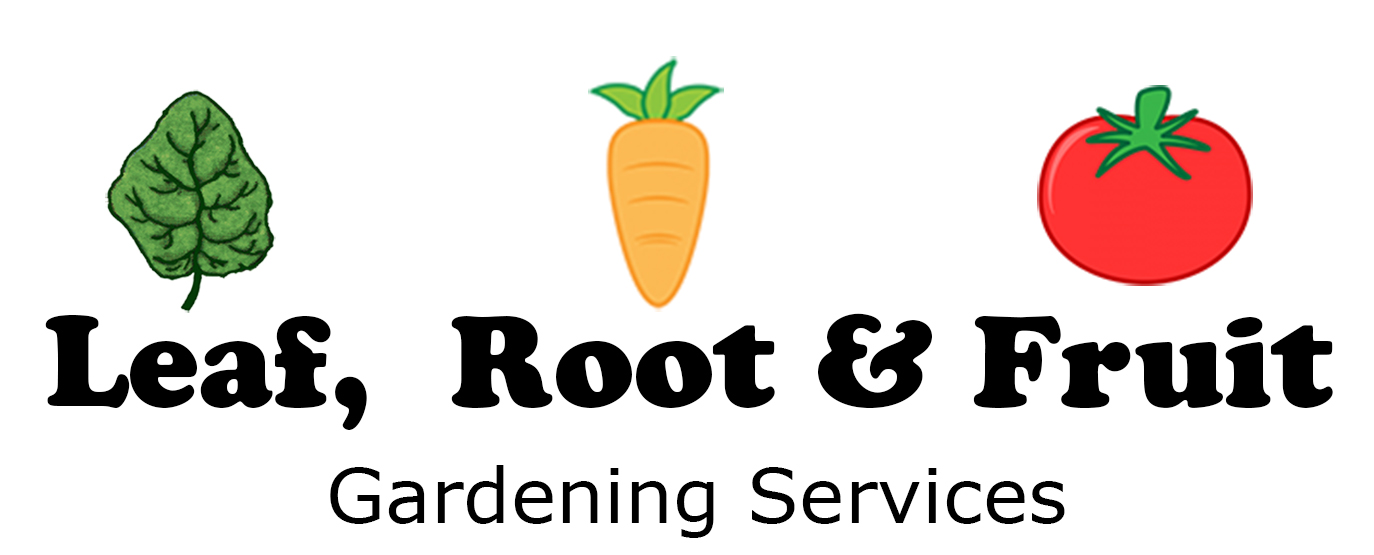

Hi. Fabulous! Thank you for your very comprehensive newsletter …my first. I’ve thoroughly enjoyed reading it and look forward to reading other issues in the ensuing months. Heather
Thanks for the great feedback Heather.
Good Luck and Happy Gardening!
Duncan
Thank you for all your helpful hints on what to plant in Melbourne. I am fairly new to growing vegies. and it is good to know what types will grow better than others.
Glad you find our blogs and newsletter useful Barbara. Thanks for the great feedback.
Good Luck and Happy Gardening!
Duncan
I love these monthly emails .
I’m no gardener, but find the information helpful growing my small plot.
Melbourne gardens are variable,and each area is different.
My backyard is well protected ,but the neighbours large trees are a hinderence and a blessing .
I grow greens in the dappled sunlight and morning sun during the summer months .
My worm farm also sits there,well protected from excess heat.
I grow ,tomatoes,beans,peas,and herbs of all types ,all pick and come again.
Hi Kathleen,
Thanks for the great feedback about our newsletters. I’m glad that you find them useful.
Good Luck & Happy Gardening!
Duncan
Hi Duncan
Thank you , yet again for your super informative email that
Gives such great advice & so simply put which makes it
So easy to put into practice.
My 5 year old grandson is very keen on growing Veges
( & flowers) & you guides to what to plant makes it very
Easy to pick what he would like to grow.
Your advice is very much appreciated
Thank you again
Hi Shanti,
Thanks for the fantastic feedback.
Best of luck for a prolific summer ahead in the veggie patch. I’m sure you will propagate many great memories together with your grandson.
Duncan
Hi Duncan
I have received your newsletters for a few years now and each and every time I intend to thank you for the time and energy you spend doing this. Even for a seasoned organic gardener of 40 years like myself, it is always such a pleasure to read your advice and recommendation and be reminded to sow, plant, mulch at specific times of the year. I am glad to hear that you are enjoying your property in Kyneton and the much bigger vegetable garden and orchard.
Wishing you all the best in your new home and a happy Christmas with your young family.
Bernadette
Hi Bernadette,
Thanks for the fantastic feedback. I’m so glad that you find the newsletters useful and inspiring. It takes a lot of time and effort to put together, but the outcomes and positives responses I get each month are worth it.
Best wishes to you for a successful summer of growing veggies and a great Christmas as well!
Duncan
Great news and well done, Duncan. Could you please make a download link for a pdf to keep on tablet or print.
Hi Jay,
no problem, I’ll add it to the list of improvements I’d like to make to the website and try and get it implemented for you.
Happy Gardening
Duncan
Thanks. Great guide.
Glad you found it useful!
I live in Kyneton Victoria so are your tips when growing edible plants etc still pertinent to this area of Victoria?
Thank you, Maggie Hopkins
Hi Maggie,
I now also live in Kyneton, Victoria! Our growing guides on the website are specific to Melbourne based gardens, so you’ll need to adapt them to the different climate up here. Our monthly newsletter shares our experience of adapting our Melbourne experience to Kyneton (sometimes successfully, sometime not so!). So you may find it useful to read through this every month.
Hopefully we will cross paths in the community at some point!
Duncan
Looking forward to learning all about the art of planting vegetables
Fantastic to read! Good Luck & Happy Gardening.
Hi just wondering if you could recommend a good brand for African Violets feed. Thanks regards Myra.
Hi Myra,
sorry but that is outside my area of expertise and I wouldn’t have a clue!
Happy Gardening!
Great info, thanks. When and how do I grow celery?
Celery tends to bolt (flower and set seed) in spring. Summer and early autumn are better times to grow Celery.
Good Luck & Happy Gardening
Keen for new ideas
Great! You’ve come to the right place.
Happy Gardening!
Fantastic pages please add me to your email list
Done!